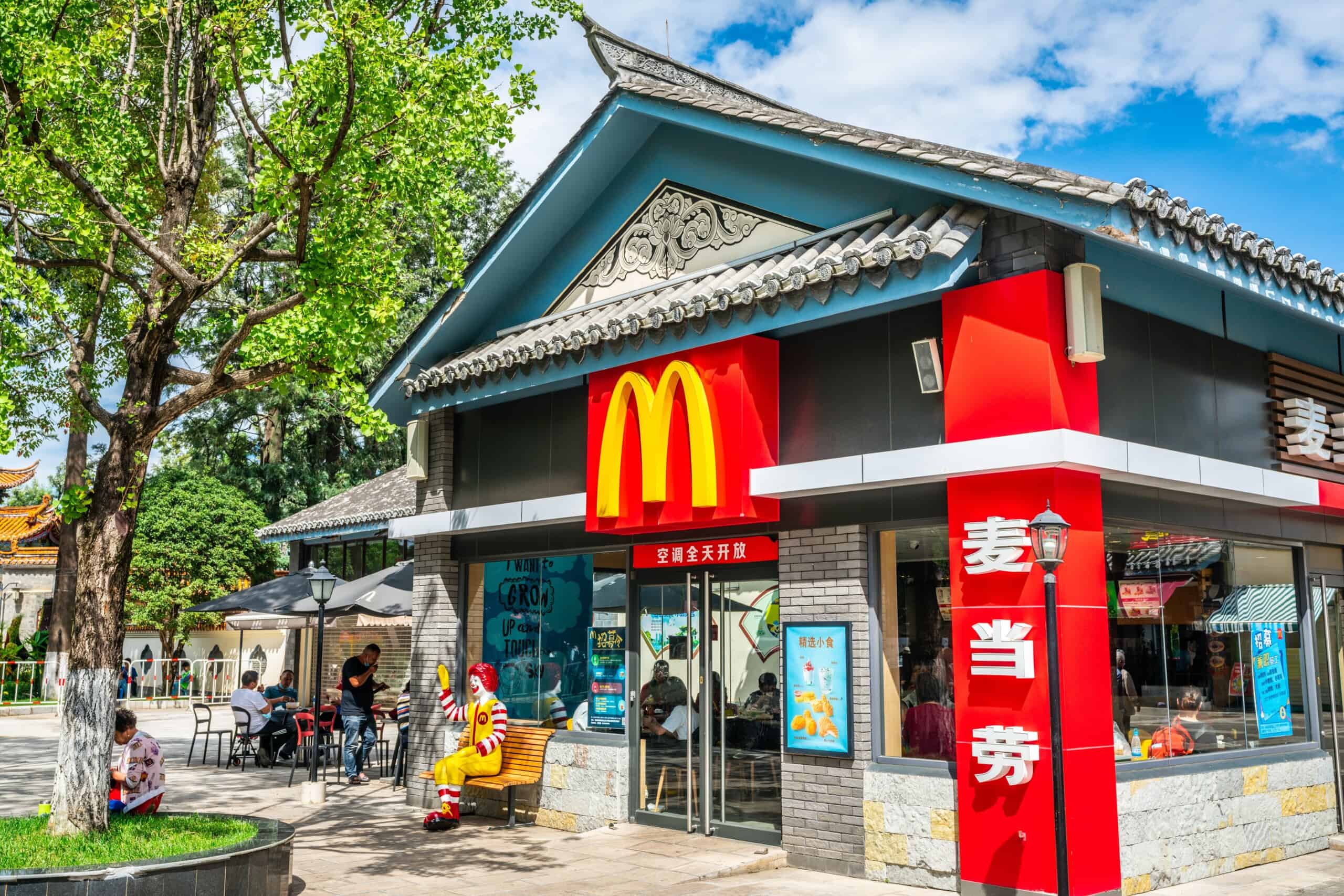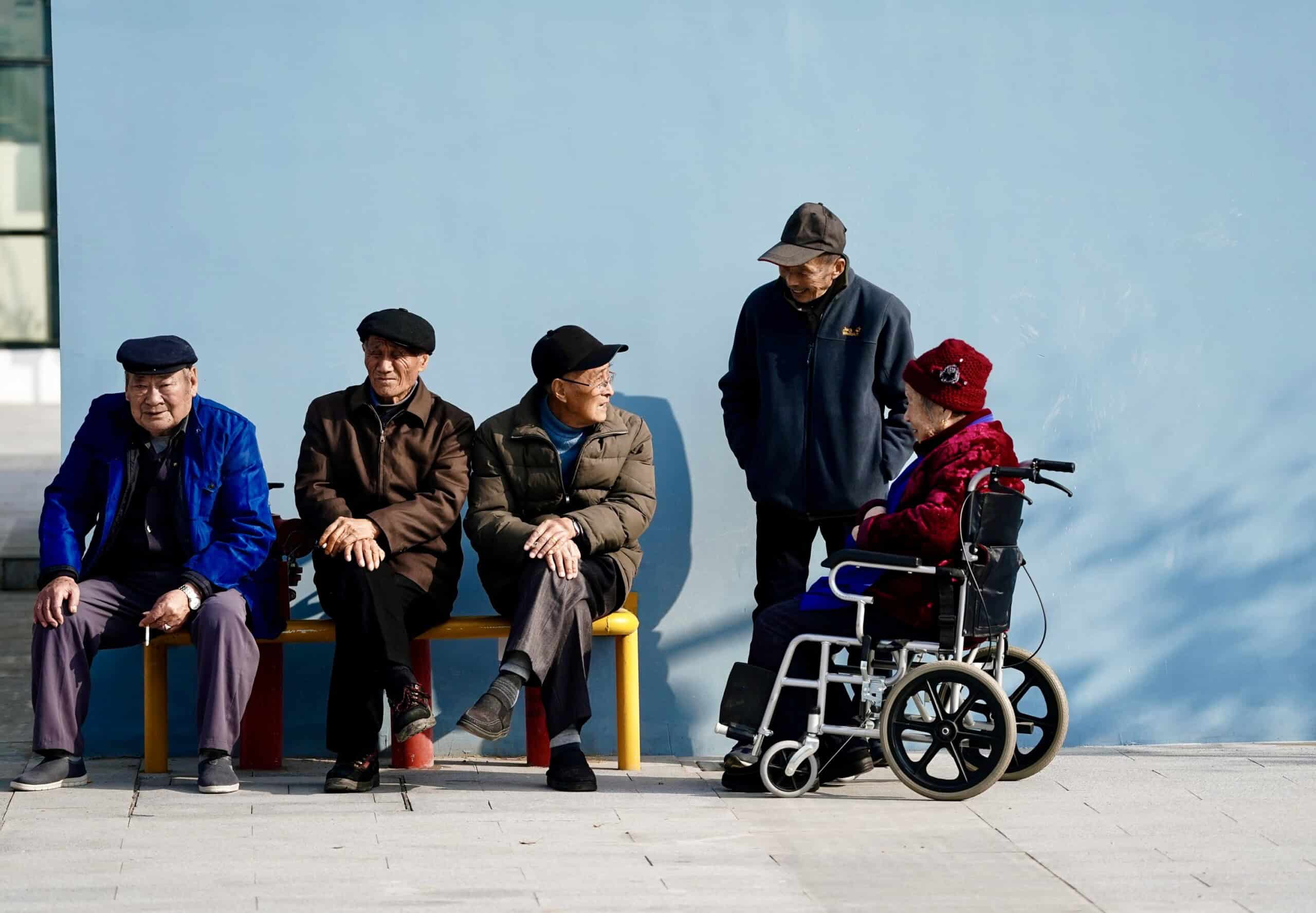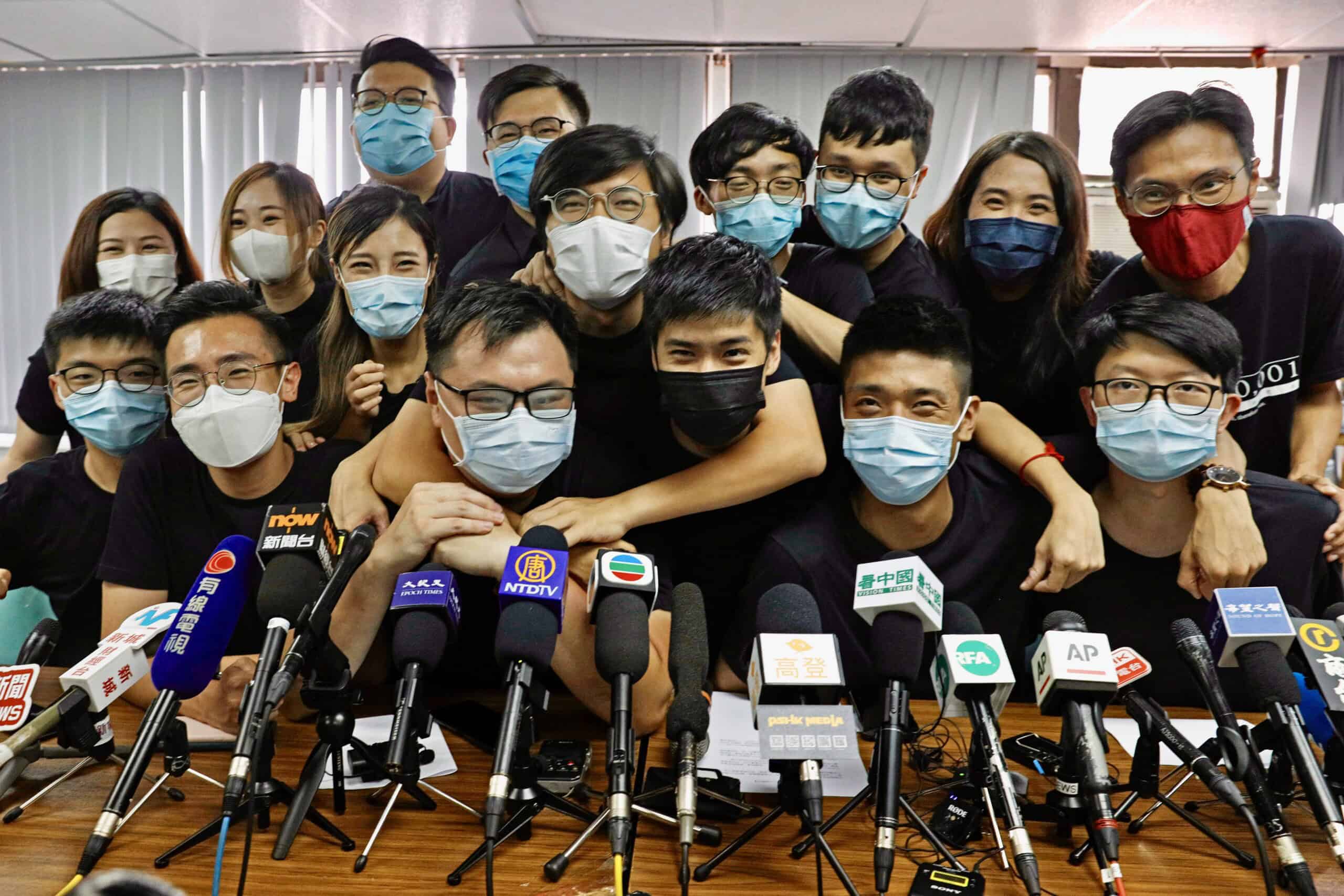
Bucking the trend of investors cautious about China, McDonald’s has increased its stake in the local consortium that controls the restaurant franchise in the country. It’s a big bet with potentially big gains.
This week, The Wire traces the path McDonald’s took to enter China, the highs and lows of its time in the country, and assesses why the company feels the time is right to double down.

FAST FOOD, SOFT POWER
McDonald’s opened its first mainland China restaurant in Shenzhen in 1990 with the help of a Hong Kong venture capitalist, Daniel Ng Yat-chiu, who had led the chain’s entry into the then-British territory in 1975. In 1992, a McDonald’s restaurant opened in Beijing — then its largest outlet globally, with enough seats for 700 customers.
“The foreign novelty aspect was a big advantage that McDonald’s had in the early days in China,” says Arthur Dong, who teaches at Georgetown University’s McDonough School of Business. “They took their initial foray into China with a degree of caution as they wanted to learn along the way.”

McDonald’s started late in China compared to KFC, which had opened its first restaurant there in 1987 and celebrated the opening of its 10,000th restaurant in China in December. McDonald’s still lags, with around 6,300 restaurants across mainland China, Hong Kong and Macau by the end of 2023.
“If you look at KFC today in China, it doesn’t look like a KFC at all; it looks like a Chinese fast food chain that just happens to sell fried chicken,” says Joel Silverstein, managing partner at Canyon Springs Advisors, a consulting firm focused on the hospitality industry. Silverstein credits KFC for localizing its menu to cater to Chinese tastes.
McDonald’s was “very conservative and they didn’t want to change much,” Silverstein says. “But McDonald’s had a lot of money so they kept investing money in all company-owned stores.”
Outside the United States, McDonald’s directly operates its restaurants in some markets while in other markets, like in China today, it enters into a licensing agreement with a local partner. In 2017, McDonald’s reached an agreement worth $2.1 billion with state-owned conglomerate CITIC Group and American asset management firm Carlyle Group to manage the McDonald’s franchise in mainland China and Hong Kong. CITIC was the majority partner with a 52 percent stake, while Carlyle and McDonald’s Corporation held 28 and 20 percent respectively.

McDonald’s “not only want to find somebody who is financially and operationally capable, but they always want to find a partner who has political influence,” Dong says. “CITIC certainly brings a lot of that to the table as one of the major state-owned conglomerates that are operating in so many different industrial and commercial activities, as well as having very close connections to party leadership.”
With CITIC’s involvement, McDonald’s dramatically accelerated its growth in China.
“They used their first 18 years in China to open the first 1,000 stores, now they can open 1,000 stores in one-and-a-half years,” says Jason Yu, Greater China managing director for market research firm Kantar Worldpanel. “The pure number really suggests that now they have all the foundations and the right shareholder support.”
In November last year, McDonald’s announced it was acquiring Carlyle’s stake in the consortium for an undisclosed amount, raising its holding to 48 percent.
“We believe there is no better time to simplify our structure, given the tremendous opportunity to capture increased demand and further benefit from our fastest growing market’s long-term potential,” McDonald’s president Chris Kempczinski said in a statement.
Revenue from business in China amounted to around $1.15 billion in 2022, almost five percent of the $23.18 billion in global revenue the company recorded that year. The company’s goal is to have more than 10,000 restaurants in China by 2028. At a time when other Western companies are pessimistic about their fortunes in China, McDonald’s ambitions stand out.
“They’re seeing an opportunity to get back in cheap, and being able to scale up while things are still cheap, because they believe in five years, the market’s going to turn, and this move will look like a genius move,” Dong says.
McDonald’s opened just over 1,000 restaurants in China in 2023 and plans to match that number in 2024, company executives said during an investor call this month. Although China’s GDP has slowed to single-digit annual growth, Kempczinski said the company still expects to see good competitive performance in the market.
“We think there’s going to be an opportunity for us to continue to build out development and penetration in that market to many places where we don’t really have McDonald’s presence,” Kempczinski told investors.

McDonald’s has also sought to challenge Starbucks and Luckin Coffee as the leading coffee providers in China. In November 2020, it announced a 2.5 billion RMB ($365 million) investment to increase the number of McCafé outlets to 4,000 by the end of 2023. Some of these outlets are extensions of existing McDonald’s restaurants while others are in standalone locations. By comparison, Starbucks has more than 6,500 stores across 250 Chinese cities, with plans to increase that number to 9,000 by 2025.
With consumer habits still developing in third and fourth-tier cities in China, there are many potential customers left to compete for across the country.
[McDonald’s] are much more localized than five years ago; they are much more digitalized than five years ago, and they are much more agile…
Jason Yu, Greater China managing director for market research firm Kantar Worldpanel
McDonald’s “are much more localized than five years ago; they are much more digitalized than five years ago, and they are much more agile,” says Yu from Kantar Worldpanel, pointing out that 90 percent of the supplies for its China operations are sourced domestically rather than through imports, shielding the company from the risk of supply chain disruption.
“That is really making them more of a glocal company rather than just purely a global company,” Yu adds.


Aaron Mc Nicholas is a staff writer at The Wire based in Washington DC. He was previously based in Hong Kong, where he worked at Bloomberg and at Storyful, a news agency dedicated to verifying newsworthy social media content. He earned a Master of Arts in Asian Studies at Georgetown University and a Bachelor of Arts in Journalism from Dublin City University in Ireland.



